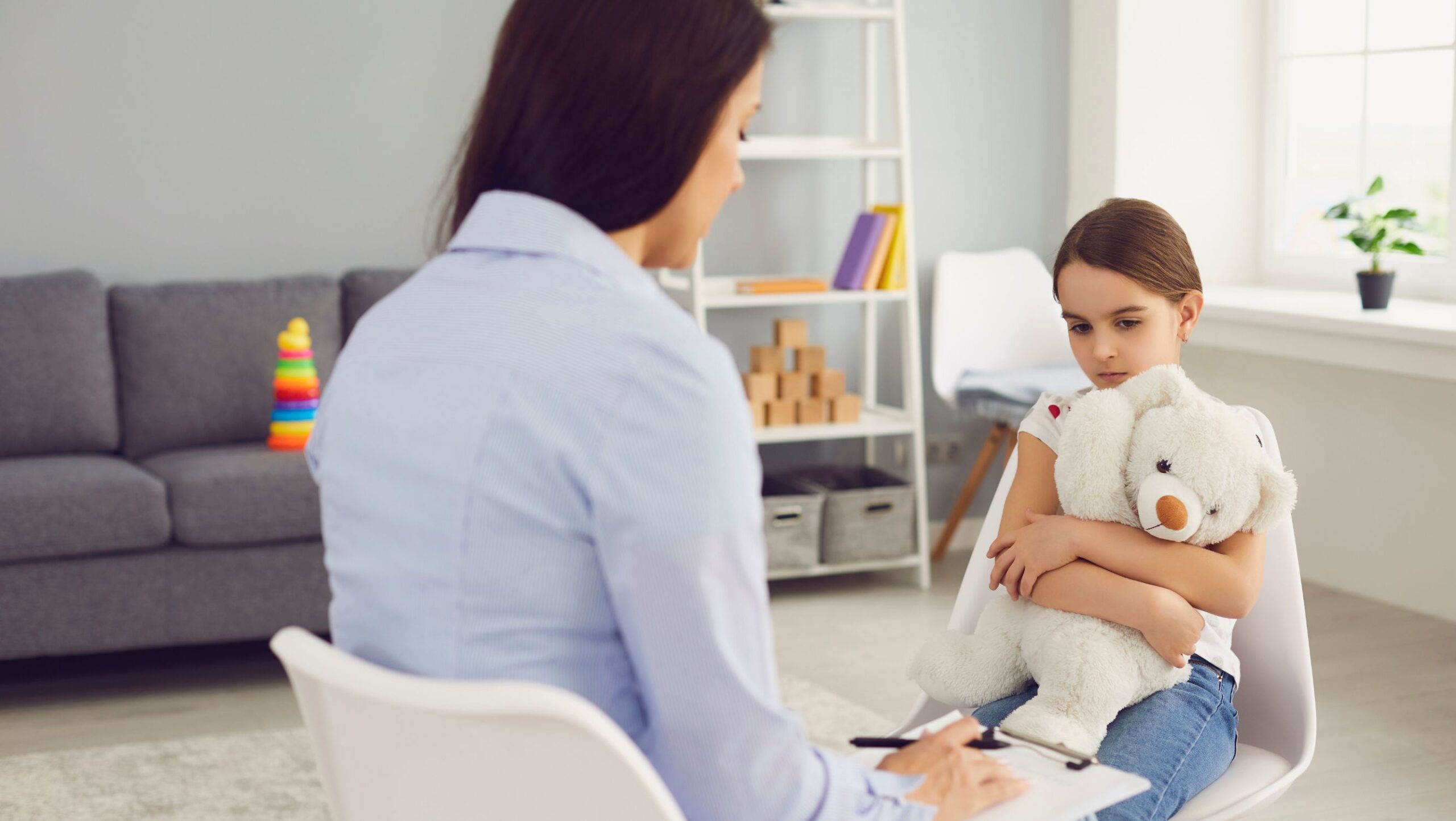Some of the most dangerous effects of social media cannot be seen on the screen. They happen quietly, in bedrooms and bathrooms, in the middle of the night when no one is watching. What starts as scrolling through wellness tips or beauty content slowly turns into obsession, comparison, and harm. For too many young people, apps meant to entertain are pushing them toward self-destructive behavior.
The damage is rarely loud. It hides under hashtags, filters, and trends labeled as motivation or lifestyle. But behind these labels are stories of skipped meals, late-night panic, and hidden cuts. These are no longer rare cases—they are becoming the new normal for thousands of teens.
When a Scroll Becomes a Trigger
Social media is full of images and messages that promise transformation, control, and confidence. But the curated perfection creates an impossible standard, especially for teens who are still figuring out who they are. Exposure to filtered bodies, extreme routines, and peer pressure in online communities can push already vulnerable users into a dangerous spiral. Many families have now started filing a social media addiction legal claim when their child’s mental health takes a serious turn after excessive exposure to triggering content.
The platforms often know what they are recommending. Algorithms promote similar content once a user engages, whether that content encourages fasting, overexercising, or glamorized self-harm. Even when users try to stop, the same posts keep showing up. What began as a harmless interest becomes something they can’t escape.
How Harmful Behaviors Often Begin Online
Many young people struggling with self-harm or eating disorders say the first time they saw harmful ideas was online. Social media does not just reflect these behaviors—it often reinforces and normalizes them. Teens begin to think their pain is part of a trend or that they are weak for not pushing harder. What should raise concern becomes a badge of control or identity.
Here are a few ways harmful behaviors often take root:
- Following fitness influencers who promote unhealthy routines masked as discipline
• Joining online groups that reward extreme calorie counting or fasting
• Consuming content that romanticizes sadness, anxiety, or cutting
• Saving images of “ideal” bodies for comparison or punishment
• Replacing real support with anonymous validation from toxic communities
These patterns are hard to stop once they start. And they can lead to serious physical and emotional damage before anyone notices what is happening.
Families Often Don’t See It Until It’s Too Late
Many parents do not realize how far things have gone until their child starts missing meals, hiding food, or wearing long sleeves in warm weather. By the time the warning signs appear offline, the emotional damage is already deep. Teens may feel embarrassed or afraid to talk, especially if the internet has become their only source of connection. Parents often feel helpless and wonder how they missed it.
But the issue is not a lack of attention. It is how quietly these platforms work in the background, shaping habits and beliefs one post at a time. What seems like typical teenage screen time can actually be the front line of a mental health crisis. Families need more information and more tools to fight back.
Recovery Means More Than Logging Off
Telling someone to take a break from social media is not always enough. For many young users, the internet is their main form of communication, expression, and identity. Taking it away too quickly can lead to withdrawal, secrecy, or deeper emotional struggle. What they need is structure, support, and real alternatives to replace the screen.
Therapists often recommend gradually reducing exposure and rebuilding offline routines. Families can help by staying involved, asking questions without judgment, and listening when things get uncomfortable. Schools and doctors can also play a key role in spotting the early signs. Recovery works best when the entire support system is aligned.
Tech Companies Must Be Part of the Solution
Platforms have the power to protect users, but often choose not to. Despite knowing how certain types of content affect mental health, the same material is still widely promoted and easy to access. Content moderation is inconsistent and often reactive instead of preventive. These companies profit from engagement, even when it comes at the cost of someone’s safety.
Change has to happen at the design level. That includes limiting harmful content recommendations, improving parental tools, and making it easier to report triggering material. Legal pressure may be the only thing that forces these companies to take meaningful steps. Until then, users and families are left to manage a system that was never built with their well-being in mind.
This Is Not Just a Teen Problem
While much of the focus is on young people, adults also experience the emotional toll of toxic online culture. Body image issues, obsessive tracking apps, and content that glorifies overwork or perfection affect people well into their twenties and thirties. The difference is that adults often suffer in silence, thinking they should know better. But no one is immune to the influence of algorithms and peer pressure.
Many adults who once brushed off the risks now find themselves caught in patterns of comparison, anxiety, and shame. The need for help spans every generation. Social media’s design does not change based on age—it changes us regardless of age. Recognizing that truth is the first step toward reclaiming control.
Giving Young People Tools to Protect Themselves
Education about mental health and media literacy should start early, not after harm has already happened. When teens understand how algorithms work and how content affects their emotions, they are better equipped to make thoughtful choices. Schools, parents, and communities can work together to teach these skills in ways that feel supportive instead of controlling. Empowering young people with knowledge helps them take ownership of their digital lives instead of being shaped by them.
Creating space for honest conversations is also key. Teens need to know they can talk about what they see online without being punished or dismissed. That trust gives them the courage to ask for help when they need it. Long-term safety depends not just on removing risks, but on building resilience.


